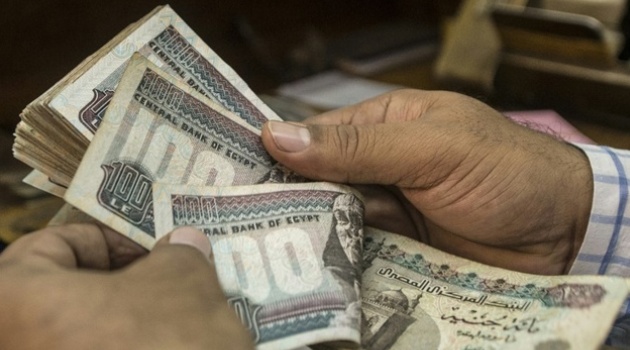NAIROBI, Kenya, Apr 7- Kenya spends Sh7 billion annually to import rice despite having the facilities and the climate to produce the crop cost-effectively.
Agriculture Secretary Wilson Songa told Capital Business on Tuesday that only an insignificant part of the potential area of rice production is being utilised.
“We (the country) only use 10 percent of our potential irrigation and rice would do very well with irrigation. We want to see how we can put rice in its rightful place and reduce the pressure that we have put on other food crops like maize,” he said after opening a two day stakeholder workshop on how to increase the crop’s production.
Rice is the third most common staple food in Kenya after maize and wheat. About 95 percent of the crop is grown under irrigation in paddy schemes while the reminder is rain fed.
Mr Songa said the workshop – scheduled for Tuesday and Wednesday – had been organised to try and come up with an all inclusive strategic plan that can help improve Kenya’s self-sufficiency in rice and reduce the over dependence on maize.
“We have the capacity to produce enough. All we need to do is get organised, see what kind of irrigation facilities are necessary, what kind of technologies to use, what varieties to produce and which ones to avail to the farmers,” he intimated.
Since 2006, the country’s yearly production has declined by 50 percent to 45,000Metric Tonnes (MT) against a national consumption demand of 300,000MT.
Mr Songa disclosed that the Japanese government has come up with a proposal to assist Kenya double its production in ten years.
Through the Japanese International Co-operation Agency, the Asian government has been championing the development of a new variety of rice dubbed ‘New Rice for Africa (NERICA) which matures quickly, is weed and pest resistant and high-yielding.
The variety yields four to five metric tonnes per hectare compared to 1.5 to two tonnes produced by local varieties on the same size of plot.
His remarks come at a time when there are reports that the country might in the next few weeks face a rice shortage following a water scarcity in Mwea Irrigation Scheme which generates nearly 80 percent of the country’s total production.
The secretary however saw this as an opportunity for the country to aggressively implement measures to increase its forest cover which is currently under two percent.
“Most parts of the country are not getting sufficient rains, so this should be a wake up call for us to increase our forest cover, otherwise things will continue to get worse,” he cautioned.
The proposed Strategic Plan, he pointed out should include measures to ensure that the catchment areas in the irrigation schemes are well taken care off.
In the meantime however, Mr Songa regretted that the country would continue to rely on the expensive rice imports to meet the shortfall until a concrete solution is found





















